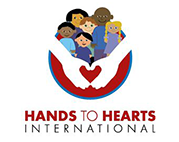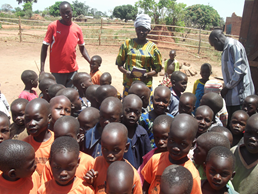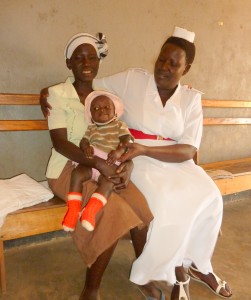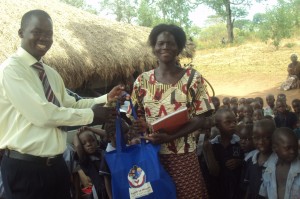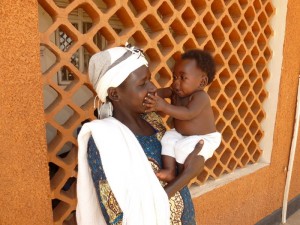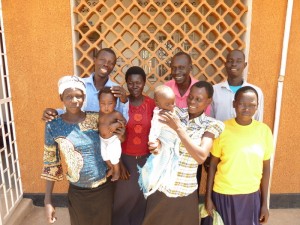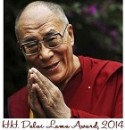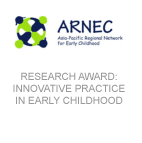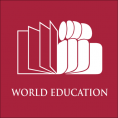I trust that by now you have heard of the Kony 2012 campaign, its lit up the internet, blogs, talk shows and just about everywhere else this past week. I’ve followed this with not-a-little curiosity, as only two weeks ago I returned from visiting northern Uganda where HHI has been working for the last two years, and where Joseph Kony used to lead his Lord’s Resistance Army (LRA).
Where to begin? I guess I would like to begin with a “Bravo!” followed closely by a, “such a shame.” The bravo is for the fact that Invisible Children has created a whole new level of social media advocacy and they have engaged more than 70 million (and counting) in learning about Kony, the LRA, and the atrocities that have taken place in Uganda. I am excited to see so many people talking about this, asking for more information, and wanting to get involved in a solution. I am even more excited to see that there is such backlash against this, critiquing the information in the video (which is reductionist, somewhat misleading and completely dated, and is focused mainly on a young American boy with almost no Ugandans in it), as well as so many debates now being waged on the basic questions of: “what is good practice in international development?”, “when should external governments (ie., the US) get involved and how?” and “how can I, an average citizen, make our world a better place?” These are great conversations to be having!
To clear up what may be a few major misconceptions, I’d like to speak to my recent and historic visits to northern Uganda where I have worked with and been a part of discussions with more than 300+ locals – parents, health workers, government workers, as well as local and international aid workers. To be clear, there is no longer war from the LRA or any other group in the area for years now. Kony and his now loosely organized LRA is estimated to number only 200-300 and is sporadically active neighboring countries. In Uganda, the camps for Internally Displaced People (IDPs, aka, refugees), some of which existed for more than 20 years, have all been dismantled and people have returned to their homes, or what remains of them.
The current challenges in the area are profound, the population used to live primarily on subsistence farming and after years in IDP camps they return to barely accessible roads, overgrown fields, no livestock, and eroded homes. There are too few: health clinics, health workers, medicines, schools, teachers, water pumps, and almost no ways to earn an income. While there is an overflow of: HIV/AIDS, and other diseases, malnutrition, food scarcity, PTSD trauma, alcoholism, and likely general depression. The people I have met here are smart, motivated and active in creating a better future for themselves and while they greatly appreciate international assistance, they would rather be able to provide for themselves and this is what they are working very hard on doing.
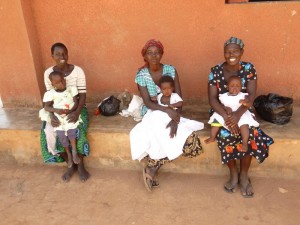
See more pics from my recent trip here.
So, what can you do to support the children, the people of Uganda? If you are reading this, you have already begun. That is that you are interested in learning more about the issues and I encourage you to continue to investigate further, I’ll add some links here to assist in that. I do not believe that the purchase of an Action Kit is making any sort of positive impact. I also do not believe that a campaign focused on catching/stopping one bad guy is any type of meaningful solution, consider that the US capture or killing of Sadam Hussien or Osama Bin Ladan have not brought peace.
I could tell you to just donate more to HHI, as we have been and continue to work with Ugandans, training them to lead caregiver trainings in their communities, and that the impact of this has been both positive and dramatic in improving the health of more than 11,275 young children, by training over 5,737 parents and health workers. HHI’s work is directly bettering the health, well-being and education of young children, in northern Uganda, but tying a fundraising pitch to the Kony 2012 campaign feels cheap and sordid to me. One very small, completely locally run organization that I have fallen a little bit in love with is The Odwar Fund. I met with founder/director of this non-profit a few weeks ago and I can attest that they are a local, Ugandan-run organization doing great work for their community and that they are doing so with very meager funding.
Beyond all of this, I encourage you to keep asking questions and seek your answers as close to the source as is possible! The world is a better place when we learn about each other and reach out to do our part to making it a safer, healthier and more loving place for all our children, all our global sisters, brothers, mothers and fathers.
Other articles about the Kony 2012 campaign:
